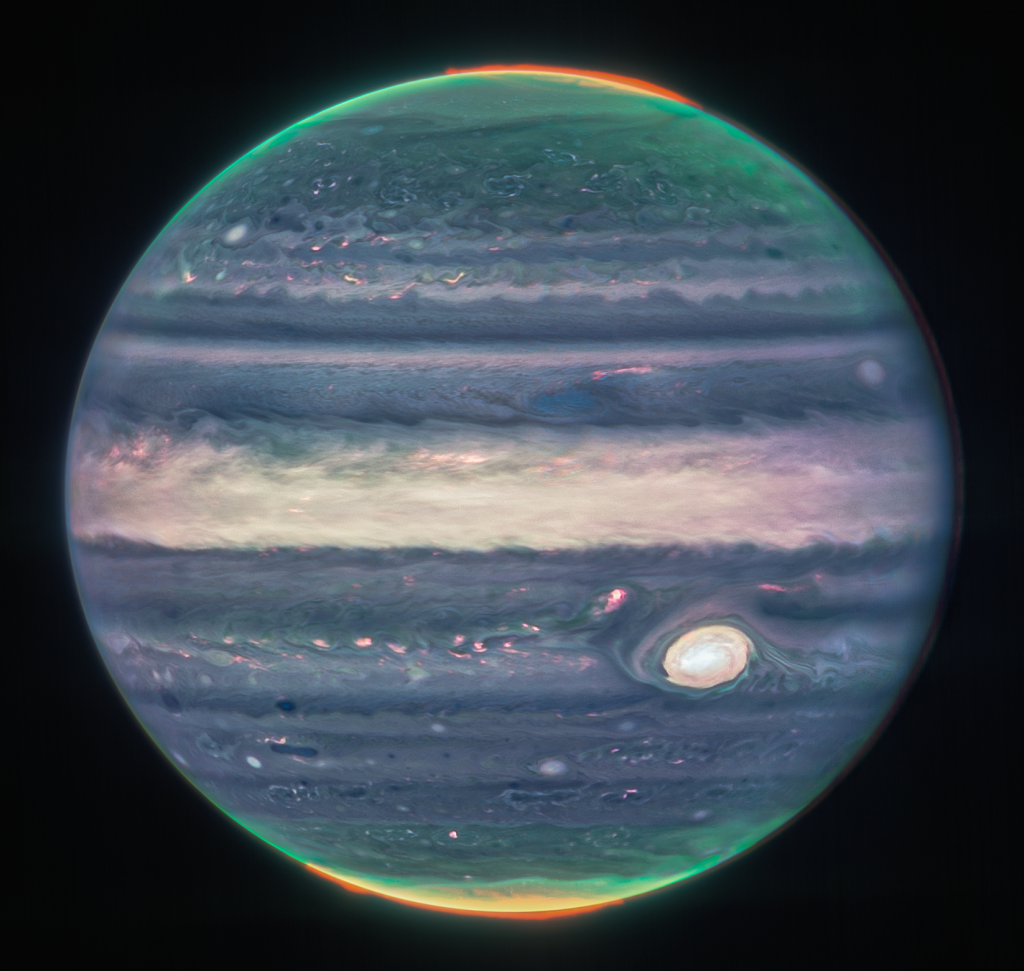Star Trak: Jupiter, Saturn, Mars, Venus will brighten September night skies as autumn approaches

Jupiter will be the brightest object in the night sky after the moon during September. The giant planet will rise around 8:30 p.m. local time on Sept. 1 and by sunset at month's end. The best time to view Jupiter will be when it is highest above the southern horizon, in the few hours on either side of midnight. Any telescope will show magnificent features in its turbulent and dynamic atmosphere.
Saturn will dominate the early evening sky in the southeast as darkness falls. The planet will be 20 degrees high by 9 p.m. early in the month, and it will be best when it is 35 degrees high in the southern sky around midnight. Telescopes of any size will reveal its ring system. The apparent tilt of the rings will increase to 15 degrees by Sept. 30. Titan, Saturn's largest moon, will be an easy target for small telescopes. It will be north of Saturn on Sept. 6 and 22, and south on Sept. 14 and 30.
Mars, the Red Planet, will join the bright red-orange star Aldebaran in the constellation Taurus. Mars will move east through Taurus throughout September, with the planet outshining the star. Early in the month they will rise in the east 5 degrees apart just before midnight. By month's end Mars will rise around 10 p.m. At that time it will form a triangle of bright red-hued objects with the stars Aldebaran and Betelgeuse. The best time to view Mars through a telescope will be the hour or two before dawn, when it will stand 60 degrees high. Those with telescopes will have fine opportunities to see the planet's polar ice cap and many dark features.
Venus will be a brilliant white "morning star" in pre-dawn twilight in September. The gleaming planet will spend most of the month in the constellation Leo, passing just north of its bright white star Regulus on Sept. 4 and 5.
Mercury will hug the western horizon during September, poorly placed for observers in the Northern Hemisphere. Those in the Southern Hemisphere will have a better chance to spot it.
Equinox
The sun will arrive at the September equinox on Sept. 22 at 9:04 p.m. EDT, marking the start of autumn in the Northern Hemisphere and spring in the Southern Hemisphere. For the next six months in the Northern Hemisphere, the nights will be longer than the days.
Moon phases
The moon will be at first quarter on Sept. 3, full on Sept. 10, at last quarter on Sept. 17, and new on Sept. 25.

Hal Kibbey is a retired science writer for Indiana University and is an amateur astronomer. Email him at hkibbey@gmail.com.
This article originally appeared on The Herald-Times: Jupiter, Saturn, Mars, Venus brighten September night skies

